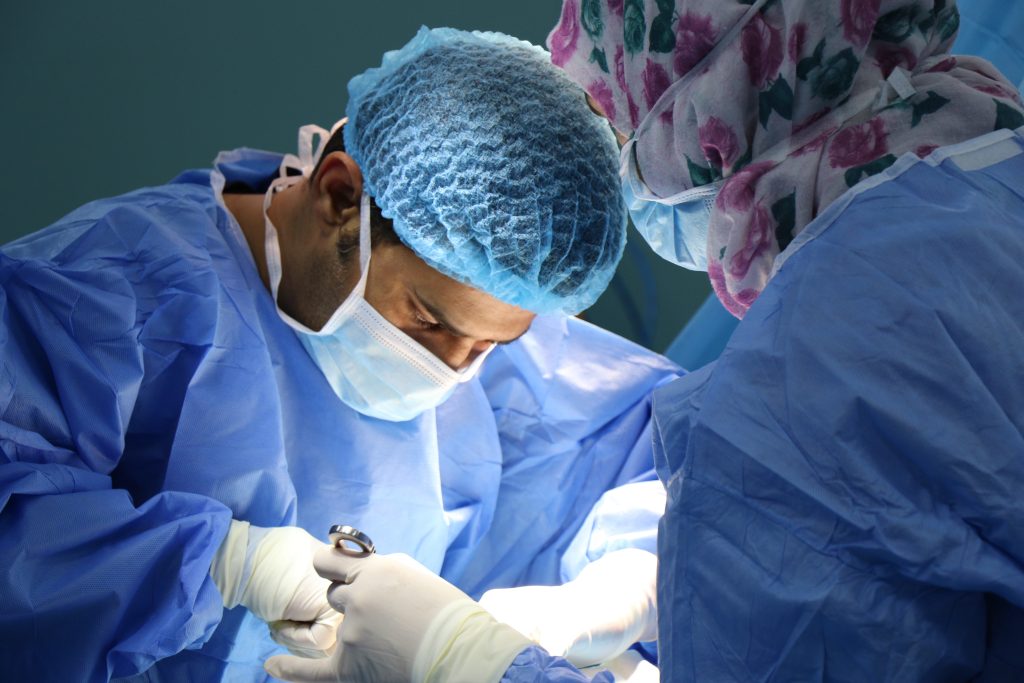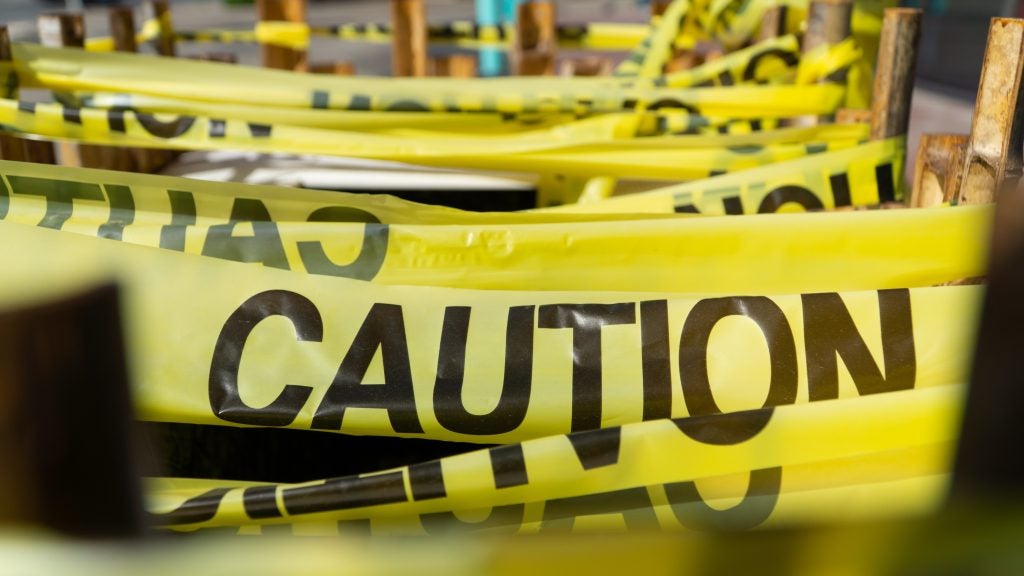Contrary to popular belief, it is possible to fracture a penis. The penis is an assembly of tissue, not a bone. Penis fractures are a rare occurrence, but when they do happen, 95% of injuries occur during vaginal intercourse.1 A penile injury is not limited by sexual activity. A fracture can occur by blunt force trauma or even by rolling over on an erect penis. A penis fracture is considered to be an urgent medical emergency that must be treated as soon as possible. Penile injuries typically occur when the penis is erect. Penile fractures when the penis is flaccid are rare and are likely a result of trauma. The corpus cavernosa is an anatomical region of the penis that consists of two sponge-like regions of tissue in the penis that fills with blood during penile erection. When a penis fractures, the damage occurs in the corpus cavernosa.2 A penile fracture is more likely to occur if one partner is on top of the other partner during sexual intercourse. More specifically, a fracture is likely to occur when a female is on top of a male, or if a partner is in the “riding” position. Avoiding penile injuries can be very easy.
Table of Contents
Common Causes

Aggressive masturbation can lead to forced penis bending, and even damage. It is fairly simple to avoid this, as you can lessen the intensity if the masturbation begins to hurt. Be careful when one’s partner is on top, as this is the most likely position to injure the penis, because all of the partner’s weight is placed on the penis. Sex, when one partner is on top, can be very safe, but be cautious when sex gets aggressive. Aggressive sex can be done safely, but maintain open communication between your partner and yourself so that an injury can be better avoided. Less commonly, penile fractures can occur from rolling over or blunt trauma. Rolling over can be easily avoided if one is conscious, but it is difficult to avoid if one is asleep. Blunt trauma is difficult to avoid because it cannot always be predicted. Penile fractures are not solely a sexual injury; they can occur at any time.
Signs and Symptoms
Penile fractures typically follow a predictable pattern. First, a popping noise is heard from the penis. A recent study that found that 80% of participants had experienced penile fracture heard a popping sound during the time of trauma.3 Then, swelling occurs, followed by immediate pain and a possible loss of erection. Bruising and swelling arise shortly after the fracture. Someone that experiences this type of injury should immediately seek the attention of a urologist (a medical doctor who specializes in matters regarding the male reproductive system). In some cases, the fracture can damage the physical structure of the urethra and cause urethral bleeding. A penile fracture does not share similarities between an arm or a leg fracture. The terminology is similar but the signs and symptoms are very different. A penis cannot be placed in a cast. A penile fracture is a surgical emergency, and one should never hesitate to seek immediate medical treatment. Penile fractures can lead to scarring, deformity, and even erectile dysfunction. Penile fractures are not consistent in every case, so contact a healthcare professional if you are suspicious that you may have an injury. Each case is different from the other and an injury may not necessarily be a penile fracture, but checking in with a doctor is always recommended.
Treatments

In the past, penile fracture treatments included ice application and anti-inflammatories, but current medicine has advanced much further than these primitive methods. Current medical procedure utilizes surgical methods to repair the fractured penis.4 The purpose of surgery is to remove a hematoma, which is a clustering of blood within the tissue.4 Complications arise because many people find a penile injury to be embarrassing and decide to avoid the issue, hoping it will go away. Failing to address the fracture can lead to permanent damage, as timing is essential when dealing with a penile fracture. Some doctors may not even perform the surgery if too much time has passed since the initial trauma. Surgical repair can include complications such as painful intercourse, priapism, and erectile dysfunction, but the penis is usually successfully repaired.4
The Recovery Process
Although penile fractures can lead to permanent damage, most cases conclude with successful repair of the broken penis. The analysis of two studies on penis fractures’ effect on sexual function provided promising information. In the first study, 100% of the patients who had surgery retained sexual function without any issues.5 In the second study, 83% of patients reported no problem with sexual function.6 The data highlighted positive outcomes among patients as most were able to maintain sexual function. Penile fractures can be devastating when they initially occur, but, if addressed in a timely manner, can result in positive outcomes that allow an individual to continue their regular sex life.
Concluding Remarks
A penile fracture can be a scary event, but if a medical professional treats the injury in a timely manner, no permanent damage is typically observed. Although having a penile fracture is not an ideal event, it is important to keep in mind that the injury can be fixed and is not life-changing. Avoiding the injury itself is very simple as well. Be careful when one’s partner is on top and be careful when sex or dry humping gets very aggressive. Being cautious is the easiest method and the biggest factor in avoiding penile injury. Research on penile fractures highlights positive outcomes, as most patients are able to maintain sexual function and continue their lives normally. This is not true in all cases and some patients may have unfavorable experiences, but the research highlights the very successful treatment of penile fractures.

References
1. Mahapatra, Rajkumar Singha, et al. “Penile Fracture: Our Experience in a Tertiary Care Hospital.” The World Journal of Men’s Health, Korean Society for Sexual Medicine and Andrology, Aug. 2015, www.ncbi.nlm.nih.gov/pmc/articles/PMC4550602/.
2. “Penis Fracture: Is It Possible?” Mayo Clinic, Mayo Foundation for Medical Education and Research, 30 June 2015.
3. Jack, Gregory S, et al. “Current Treatment Options for Penile Fractures.” Reviews in Urology, MedReviews, LLC, 2004.
4. Barros, R, et al. “Relationship between Sexual Position and Severity of Penile Fracture.”Nature News, Nature Publishing Group, 29 June 2017.
5. Mensah, J E, et al. “Early Surgical Repair of Penile Fractures.” Ghana Medical Journal, Ghana Medical Association, Sept. 2010.
6. Nason, Gregory J., et al. “Sexual Function Outcomes Following Fracture of the Penis.”Canadian Urological Association Journal, Canadian Medical Association, 2013.
Last updated: 9 November 2017.
